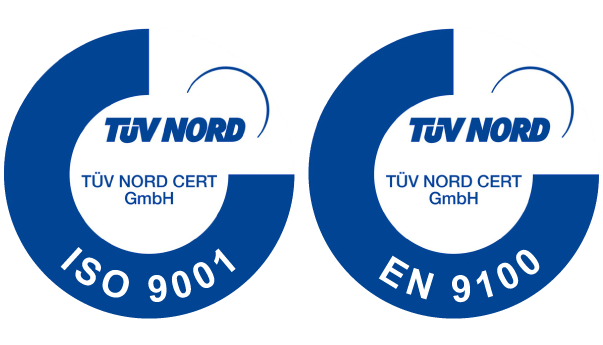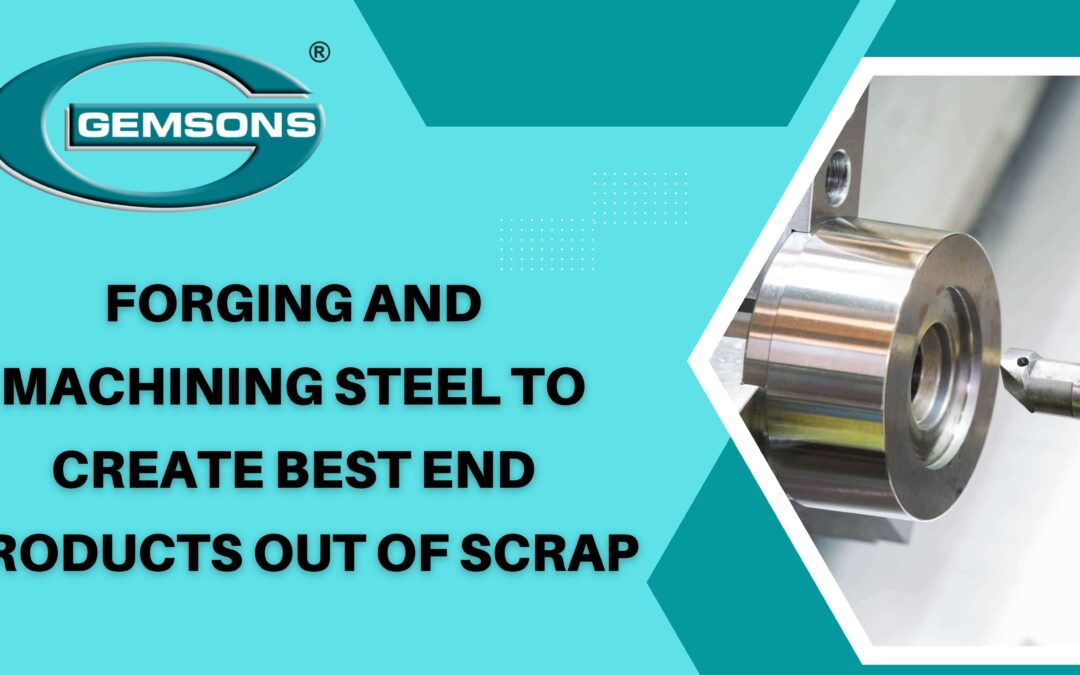Upsetting is a part of forging machining. Even though machines can also do drop and press forging, historically, only upset forging has been called machine forging. Forging is done on machines that are flat on their sides.
The Process Of Machine Forging
Most of the time, the axis of upset machines is horizontal. The machine comprises a two-part die and a punch that goes with it. The die may have several impressions and punches or heading tools that go with them. The die has two parts: one is fixed to the machine’s frame, and the other can move with the die slide.
Improved Strength-To-Weight Ratio
In the closed die dropforging process, a bar or billet of metal is heated and put into the die. The metal is then hammered until it fills the die cavity. During this plastic deformation process, the material’s grain structure gets compressed and aligned with the shape of the part. This gives the part much strength in one direction and less stress in corners and fillets. When parts are made this way, they are more potent than when machined from solid material or cast
Strong and Reliable
Forging is the only way to ensure that metal parts are as vital as they can be. The forged metal is solid because the grains are close together. Products that are forged are more flexible, reliable, and vital than those that are cast, made, or welded. This is why fake products are often used in industries where safety is paramount. Also, the grain structure of forged products lets them work well at a broader range of temperatures.
Highly Cost-Effective
Forging machining is much cheaper than other methods, especially when making precision metal parts in large quantities. Compared to other metalworking processes, the materials used in forging are less expensive. In most cases, it also needs less work after the first step. Because metal is exact, the finish material can have exact dimensions and a good surface finish. Therefore, it needs minimal machining, which helps keep costs down.
Different Alloys
The most significant benefit of forging machining is that it can be used to make almost any shape out of metal. Any metal can be forged in the same way. Each metal has its own set of qualities that make it best for certain parts, depending on what they need to do. Aluminium, alloys, stainless steel, brass, carbon, titanium, copper, brass, and other metals are often forged. Alloys with cobalt, molybdenum, or nickel can be used in fields that need high temperatures. Industries can make high-strength parts without using many expensive alloys if they use solid and forged metals.
Better Metallurgical Properties
Sometimes, a machine part will break because it was heated or cooled. This can be caused by parts that are heated or cooled in different ways. When the forging process is done, the final product has no holes inside and has better grain flow. During the forging process, shrinkage and holes, common in cast products, are less likely to happen. In machine forging, the chance of a sudden break due to stress or a temperature change is considered.
Customers usually think that the initial cost of the tools needed for near-net shape forging machining is too high to be worth it. Forging dies and tools are easy to make and don’t cost too much, so they can be used even for jobs with small amounts of production. This cost can be cut even more by spreading it out over the price of each component piece and by reusing materials from already used dies.



Recent Comments